Affiliate links on Android Authority may earn us a commission. Learn more.
Can Nokia and BlackBerry stand on their own, or is it all hype and nostalgia?
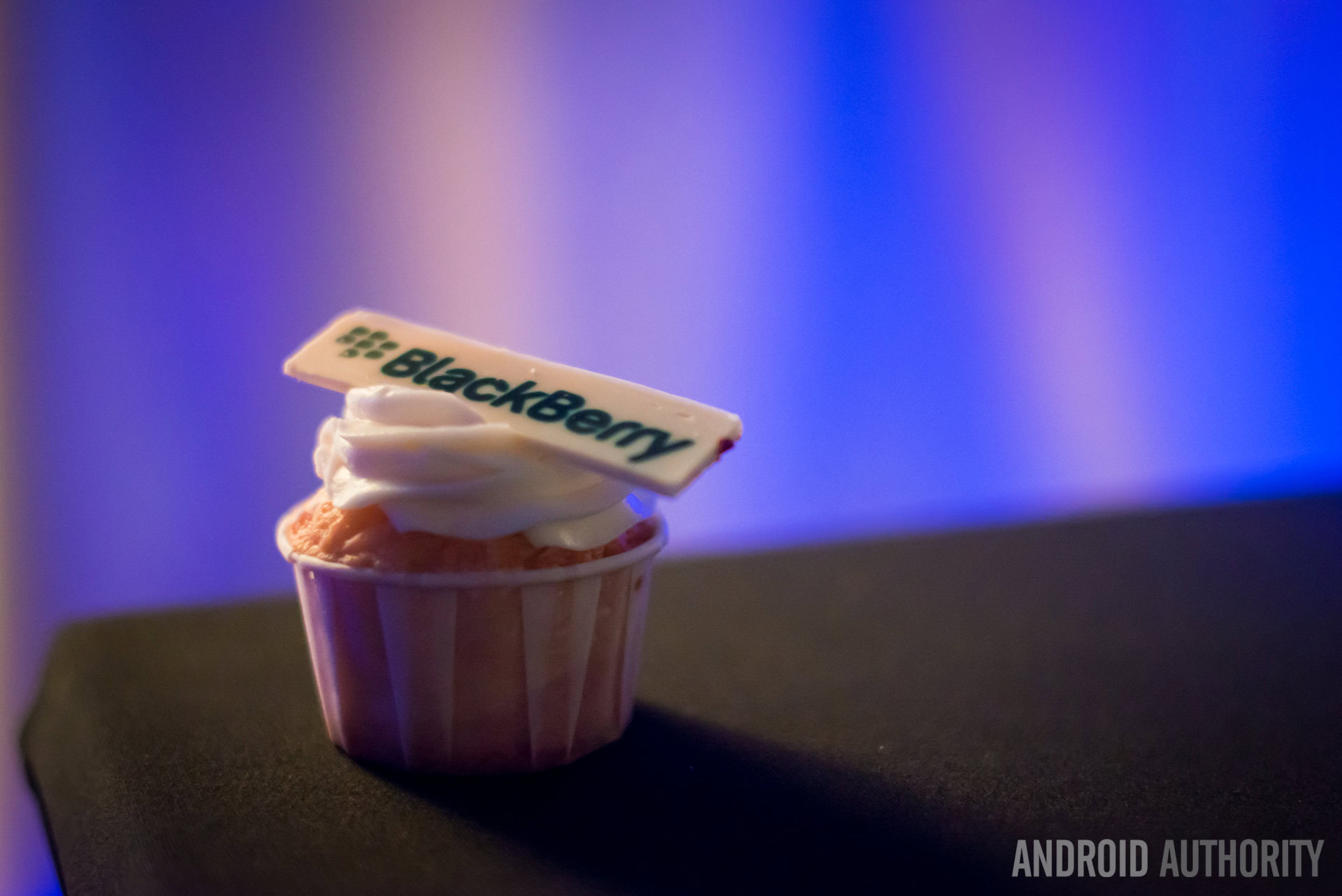
Nostalgia can be a powerful thing. People are naturally drawn to the familiar, especially if it evokes positive past memories. Businesses understand the basic human need for memory-invoking nostalgia and are more than willing to cash in on it by re-introducing old company names, brands, or product lines.
This trend really had an uptick in 2016, and it looks like 2017 is following a similar path.
Last year we saw Kodak attempt to return to relevance by invoking retro vibes with its Super 8 Camera and even a camera-focused smartphone. We also saw Nintendo release a “Classic Edition” of the original NES with tons of great games built-in. There are tons of other examples in movies, television, and more — Trolls is one example of an old fad getting new life in the form of a movie release.
And now we have Nokia and BlackBerry attempting to use using nostalgia and brand recognition to make themselves relevant again in 2017. The big question is whether Nokia and BlackBerry can stand on their own merits, once the hype and nostalgia effects wear off. Good question, and one with no easy answer. That said, let’s take a look at each brand, their strategy, and their first efforts so far.
BlackBerry: business focused, with a nostalgic twist
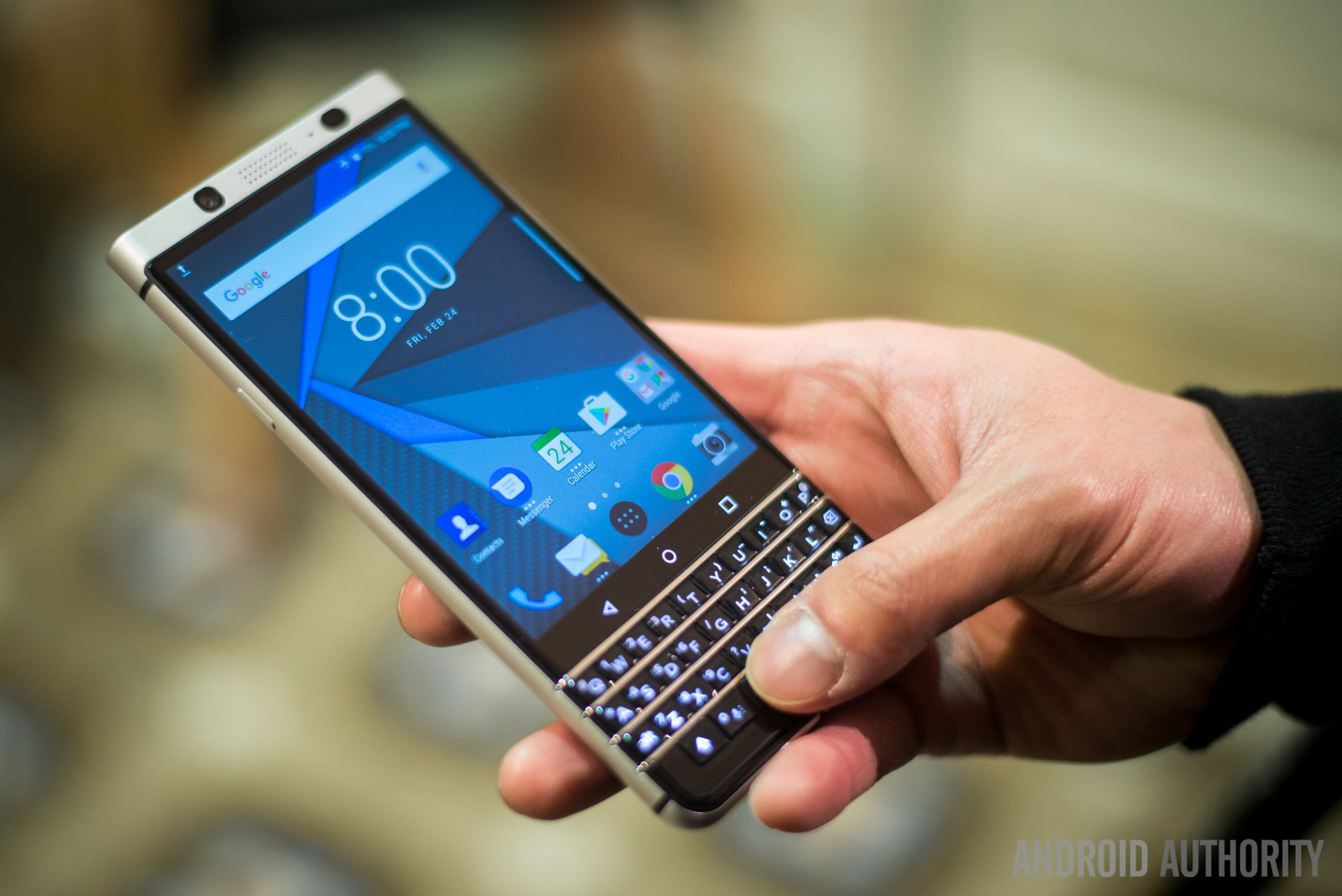
With the BlackBerry Priv, BlackBerry attempted to use nostalgia, and the support of its dwindling fan base, to draw people back in with a keyboard-slider Android device. The end result was mixed reception at best. Many came to the device for the nostalgia it provided, but walked away from the experience as the phone couldn’t stand for itself.
We all know that this pretty much led BlackBerry to take another route, one that eventually saw the BlackBerry brand become licensed to TCL, the company behind Alcatel.
Here we are in 2017, and the BlackBerry KEYone seems intent on revising the brand’s strategy. Sure, giving us an old-school keyboard phone with Android evokes nostalgia, but it’s more than that. It’s also a return back to grassroots for the BlackBerry brand.
We see a return back to grassroots for the BlackBerry brand.
With the Priv, BlackBerry attempted to target everyday users, but the KEYone seems very much built with business users and enterprise use in mind. But is this path any more likely to find true success? The strategy might work — eventually. We’re just not so sure that the KEYone will be the phone that wins this market.
Don’t get us wrong, we really like the feel of the BlackBerry keyboard and the idea behind the KEYone. That said, we’re not sure if the keyboard is enough to really win over enterprise use. We will admit it is a handy feature, thanks to little extras like a fingerprint scanner in the space key and the ability to set 50+ shortcuts using the keys on the keyboard. The keyboard doesn’t necessarily make the phone any better for enterprise needs though.
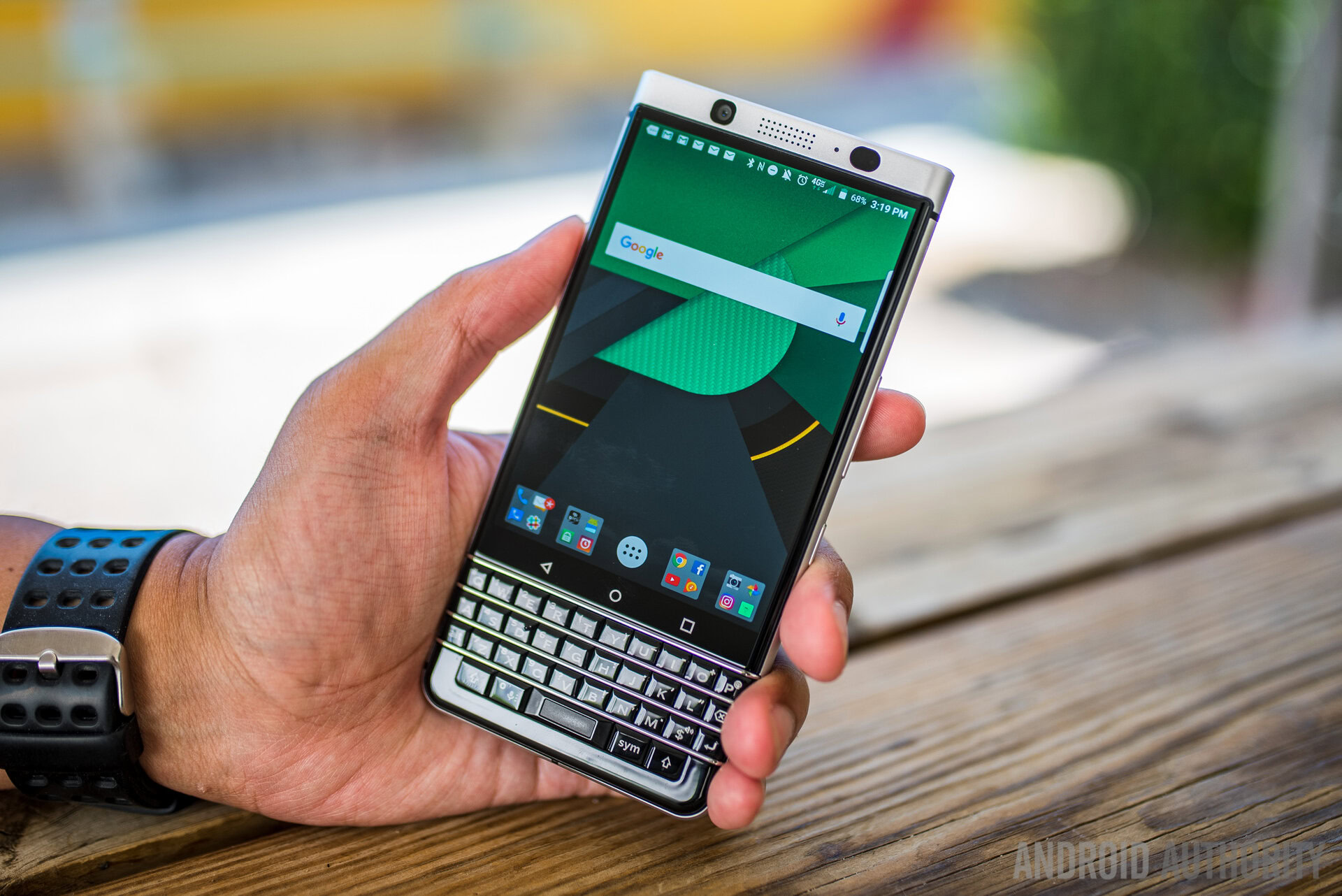
What else does BlackBerry offer? To their benefit, some of the special Android apps and services they offer are actually pretty handy for business-oriented users. The problem though is that the competitors have been working hard to usurp BlackBerry in this department, and both Apple and Samsung have become pretty established enterprise options. They even have some comparable alternative software and services like Samsung’s Knox, even if BlackBerry is still arguably at least a step above these software/service solutions.
So anything else the KEYone does to stand out? Honestly, not really, beyond the classic design and the software onboard. That means BlackBerry is probably relying heavily on brand recognition here, hoping that enterprise and business customers still identify the BlackBerry brand with security and productivity.
Why would businesses take a risk on investing in the new BlackBerry?
We’d say that BlackBerry has enough of that recognition in the business world that it could find success here, especially since the KEYone seems more solid than the Priv when it was first launched. There’s only one problem – why would businesses take a risk on investing in these?
The KEYone costs $550 and yet has the same kind of specs you’ll find on most $300 (or less) Android smartphones. Businesses can get flagship devices for almost the same price of the KEYone and yet they’ll also get hardware that will likely be able to be used in office for much longer than the KEYone before a replacement is necessary. Not to mention, BlackBerry might have brand reputation but people also associate it with being “out of style”.
Tl;dr: We think that TCL’s BlackBerry phones could find a niche (but profitable) audience, particularly among business and enterprise users, but only once the company figures out the sweet spot for pricing and comes up with a solid marketing strategy that will entice customers to take a risk on the “new” BlackBerry.
Nokia: evoking nostalgia and hype in a big way
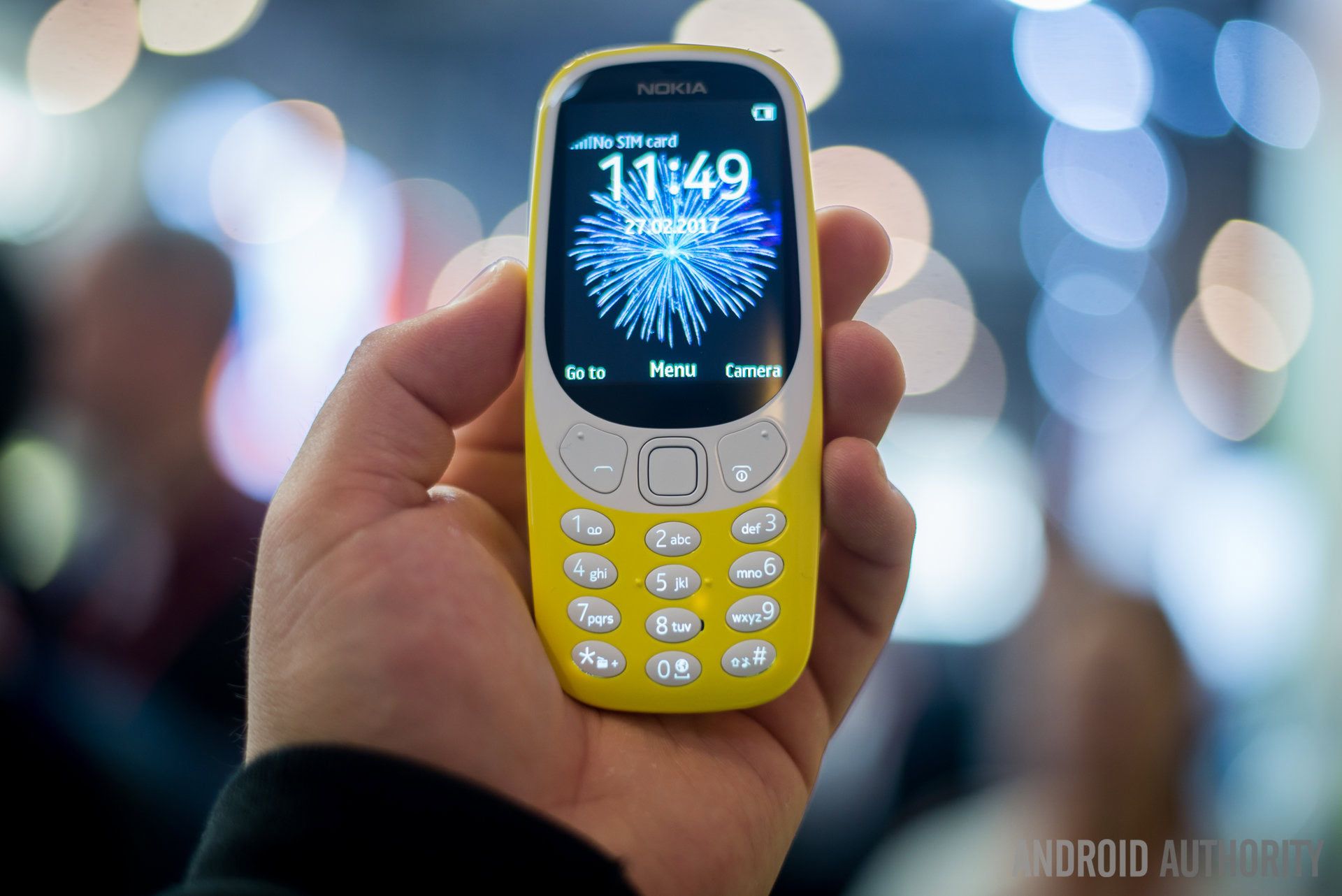
So that’s BlackBerry. How about HMD Global and their new Nokia family of devices? It’s pretty clear that Nokia is using nostalgia-fueled hype to get people excited for the new Nokia. That’s pretty much the only thing that explains the reasoning behind the Nokia 3310 after all.
There’s no denying that Nokia fans are still very much alive and well all over the globe, especially in Europe. Honestly the excitement is much much stronger than we’re seeing from folks when it comes to BlackBerry. Many see the new Nokia as going back and attempting to erase the old Nokia’s biggest mistake: favoring Windows instead of Android.
Other facts that positively affect HMD Global is that it is highly associated with previous Nokia employees and is a Finnish company just like Nokia. Of course, as we saw with efforts like the Priv, nostalgia can only take you so far. Once the hype dust settles, does the new Nokia brand have what it takes to stand out? It’s still too earlier to answer this definitively, but we think they have a real shot if they play their cards right.
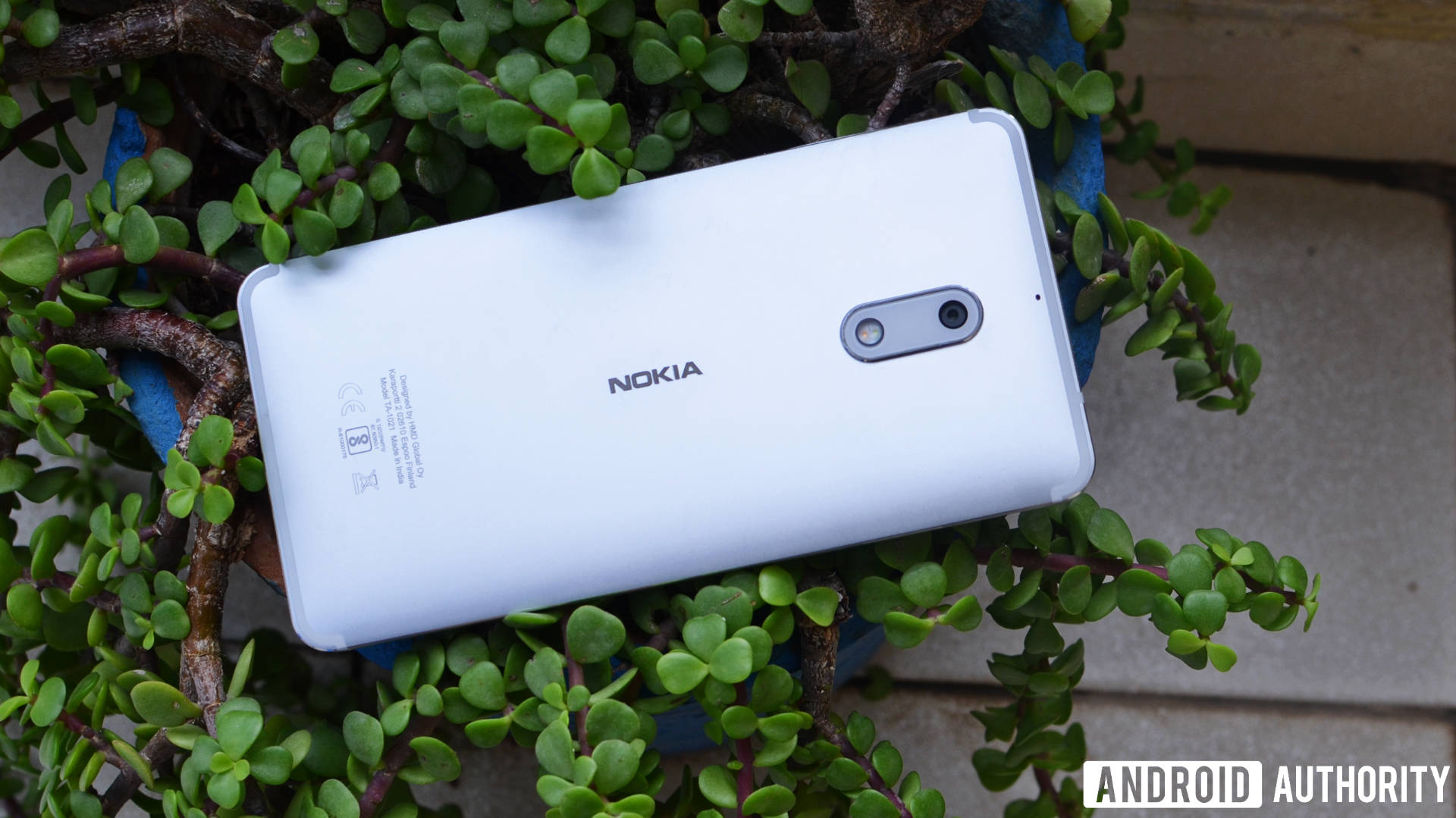
You might be thinking “Wait a minute, the Nokia 3, 5, and 6 are wayyy more generic than the KEYone, which is a much more carefully crafted product than these budget phones. And you think Nokia is the brand that can stand out?” It’s true, the Nokia 3/5/6 family do not stand out in any big way when it comes to innovation, specs, or even design. Arguably the biggest quality they possess is that they have a Nokia branding on them.
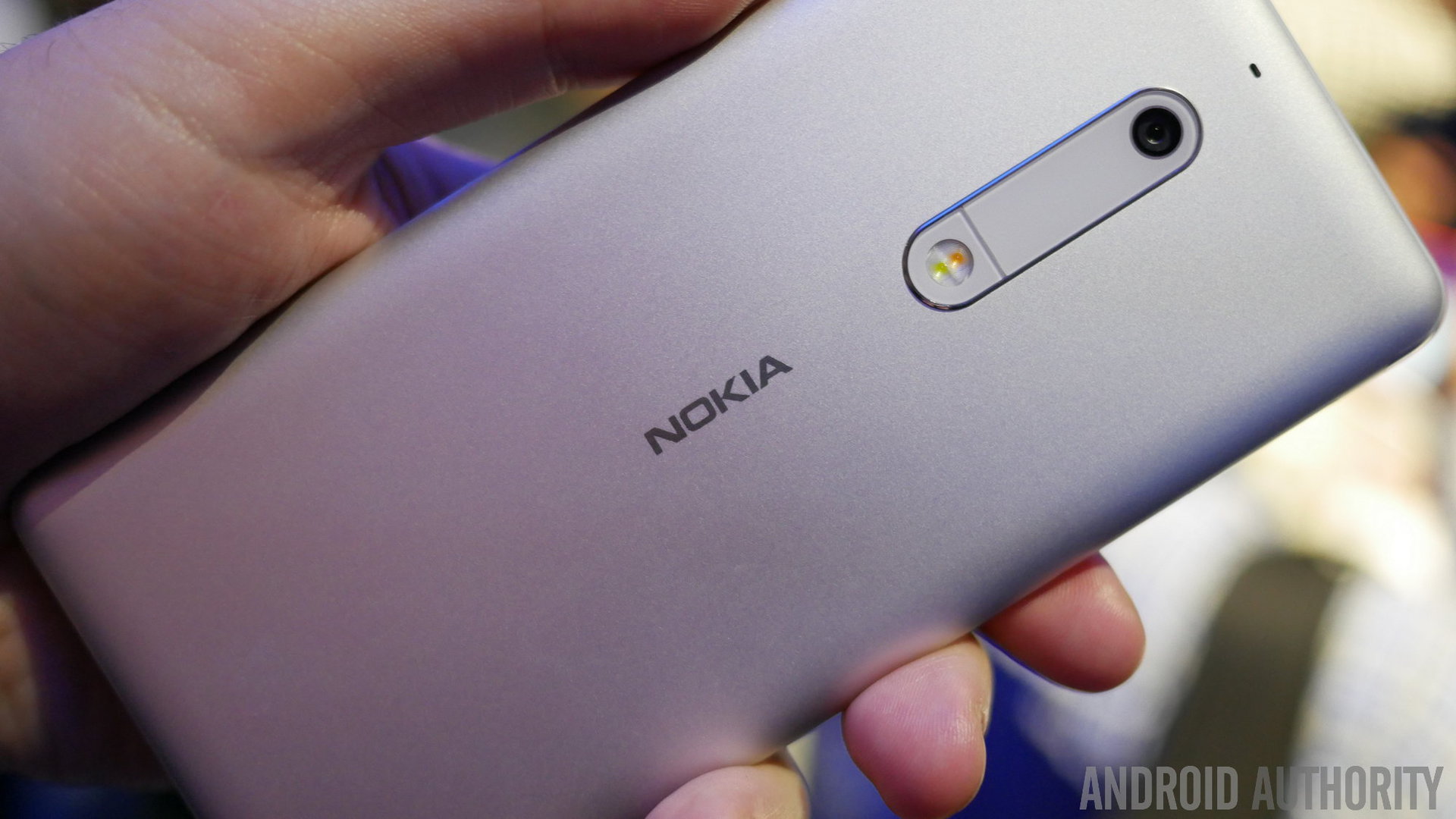
Nokia fans are still pretty fervent even with all the follies the company has taken in the last several years.
So why do we have more confidence in Nokia right now? For one thing, BlackBerry’s fans have largely moved on over the last decade, and yet Nokia fans are still pretty fervent even with all the follies the company has taken in the last several years. There’s also the fact that many major Nokia players are involved, which only helps strengthen the nostalgia and brand power for HMD.
We also have to remind everyone that TCL has had much more time to refine its BlackBerry strategy and the KEYone itself, while HMD largely arrived overnight in comparison. For only being around for so many months, the new Nokia line is a good start. And so far, at least in China, hype seems to be enough to make the phones sell.
So if we had to take a guess, hype will help sell the Nokia 3, 5, and 6. After that though? Nokia will need to put together its expertise and start pushing the envelope a bit. If they can do that, we believe Nokia could find at least some limited success in the Android world. We certainly don’t ever predict them becoming a major player again, but that doesn’t mean they can’t develop a healthy and profitable following. The question is whether HMD actually sees this as a long-term bid to rebuild Nokia, or if it is merely a cash grab playing on consumer emotions. And for that, we don’t yet have an answer. Only time will tell.
Will more mobile brands and lines follow Nokia and BlackBerry’s lead?
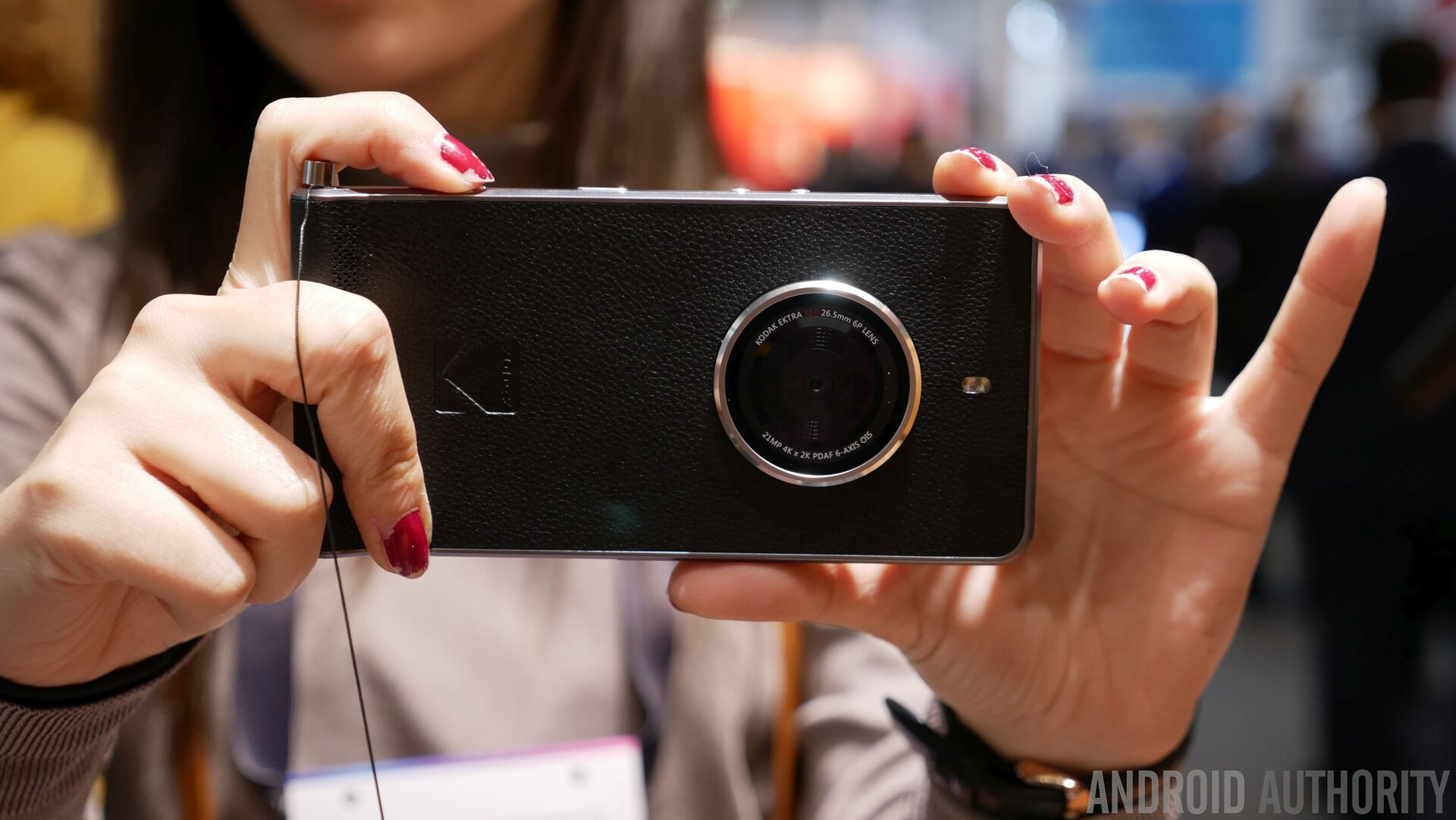
As you can tell, I’m pretty confident that both brands can find their way eventually. Sure, neither will probably cause a loss of sleep for Apple, Samsung, or even growing brands like HUAWEI. You don’t have to be the best to be successful though.
I think TCL will take a bit longer to find profit and fans, but if it can lower pricing, come up with a good marketing strategy, and keep up the quality — the door is open for a new niche rebirth. As for Nokia, I think their first attempts are priced right and will sell largely due to nostalgia and the brand’s remaining loyal fans. After that, Nokia can continue to build up more of a following by pushing its R&D efforts a bit so that their next phones continue to resonate with long-time Nokia fans.
You don't have to be the best to be successful
It won’t be easy, but I personally suspect Nokia will ultimately become a more important player than BlackBerry.
If either of the brands do find success this year, or even next, can we expect more me-toos? Absolutely. Some will be pure cash grabs, like the existing Kodak Ektra. Others will merely attempt to use nostalgia to get in the door, with grander ambitions for the long-term. For what it is worth, Alcatel/TCL already own the Palm brand… So a return for this brand isn’t such a crazy thought.
What do you think, can Nokia or BlackBerry find success? What stands in their way? Any other brands you’d like to see make a return?